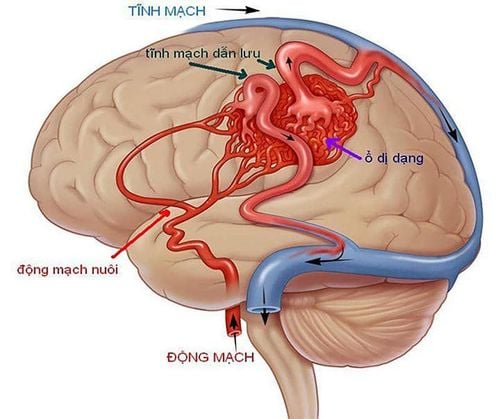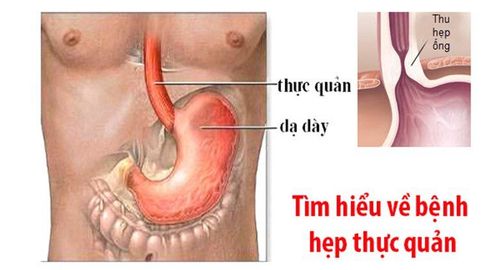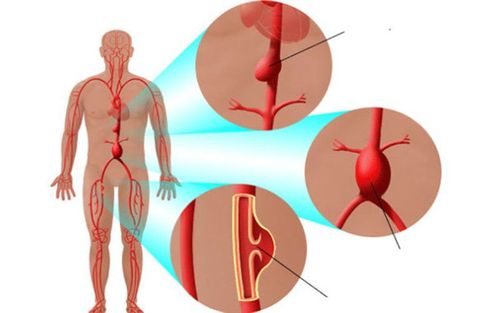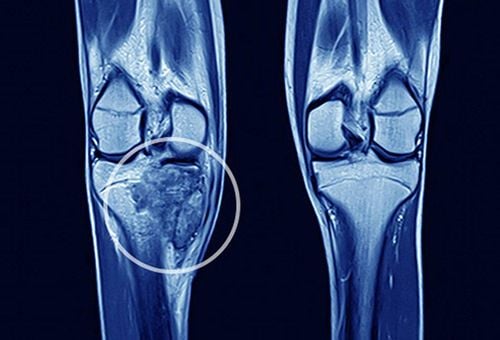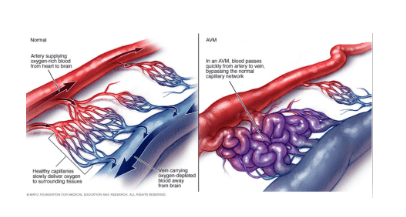This is an automatically translated article.
This article is professionally consulted by Master, Resident Doctor Tran Duc Tuan - Department of Diagnostic Imaging - Vinmec Central Park International General Hospital. The doctor has many years of experience in the field of imaging and interventional internal and external blood vessels.1. What is digitized extremity venography?
Digital erasure imaging is a combination of conventional angiography by Seldinger technique with computerized image processing techniques.DSA venography of the extremities is an x-ray technique that uses iodine contrast (contrast) to brighten blood vessels and show the venous system of the extremities. This iodine-based dye is completely harmless and will be excreted in the urine.
2. When to order venipuncture?
Indications for digitizing angiography with background erasure in the following cases:Patients with venous malformation diseases such as: venous hemangioma, pseudoaneurysm; Patients with venous diseases: venous stenosis; Scan to check the bridge after surgery; Angiography for interventional radiology; Angiography of the digitized extremities erases the background according to the professional requirements of the treating doctor. Digitalized extremity angiography has no absolute contraindications, but there are relative contraindications in the presence of coagulopathy, renal failure, a history of allergy to iodinated contrast media, and women with high blood pressure. pregnant.
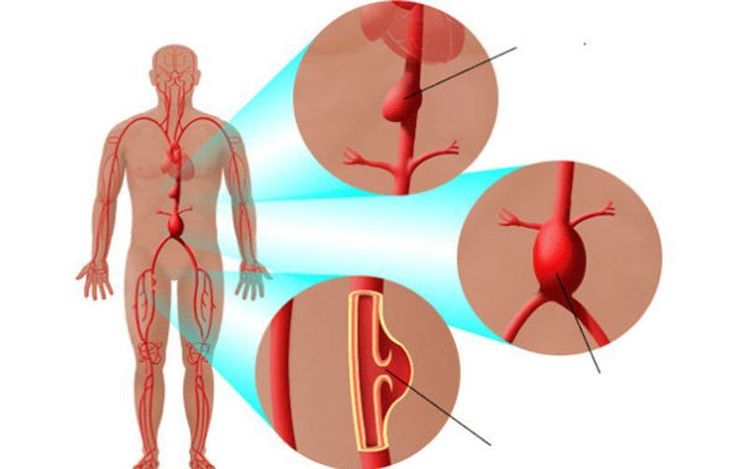
3. Preparation before performing digitized extremity venography procedure
3.1 Executor Specialist Doctor; Auxiliary physician; Electro-optical technician; Nursing; Doctor, anesthesiologist (if patient cannot cooperate). 3.2 Means of performance Digital background removal angiography (DSA); Dedicated electric pump; Film, film printer, image storage system; Lead vest, apron to shield X-rays. 3.3 Medicines requiring local anesthetic; Pre-anesthesia and general anesthetic (if the patient has an indication for general anesthesia); Anticoagulants; Drugs that neutralize anticoagulants; Water-soluble iodinated contrast agent; Antiseptic solution for skin and mucous membranes 3.4 Patient preparation The patient is thoroughly explained about the procedure and procedure of digitized angiography to remove background in order to cooperate with doctors and technicians; The patient or adoptive family member must write a written consent to the procedure before performing the procedure; Patients need to fast, fast for 6 hours before or drink no more than 50ml of water; After entering the intervention room for angiography, the patient will lie in the supine position, and the technicians will install a machine to monitor vital signs such as breathing rate, pulse, blood pressure, electrocardiogram, and blood gases. artery. In case the patient is uncooperative or aggressive, a sedative will be prescribed; Disinfect the skin surface with an antiseptic solution and cover with a sterile towel with holes.4. The process of digitizing the angiogram to remove the background
4.1 Anesthesia method The patient lies on his back on the DSA table, the technician places the line, usually using 0.9% NaCl solution for infusion. For most cases of intravenous DSA, the patient only needs local anesthesia.However, in exceptional cases where pre-anesthesia is required, such as: children under 5 years of age, who do not have a sense of cooperation with doctors, or patients who are too excited or scared... then it is necessary to conduct anesthesia. whole body during the procedure.
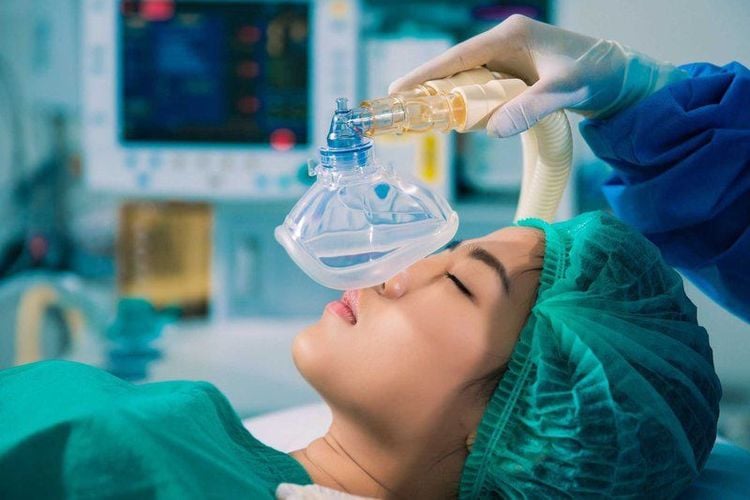
Lower extremities are usually punctured in the dorsal vein; The upper extremity is usually punctured in the dorsal or cephalic vein; If the aim is to examine the proximal vein, a higher puncture may be used, depending on the case. Micro-conductors to deepen and secure the puncture needle or use a threaded needle. Connect the drug pump directly to the cap, can be pumped manually or by machine. The total drug volume and injection rate depend on the lesion site and vessel characteristics. It is possible to conduct a tourniquet to clearly show each vein segment to be taken; Shoot by Seldinger technique; Arterial puncture: Aspiration and insertion of the arterial line, then inserting a catheter to the dominant artery to drain the vein to be examined, then injecting medicine, taking a late time to show the vein. Total drug volume and rate depend on lesion site and pulse characteristics. After satisfactory imaging, withdraw the catheter and tube into the lumen and apply manual pressure directly on the needle puncture site for about 15 minutes to stop bleeding, then apply pressure for 6 hours if following the arterial route, in case of By intravenous route, there is no need for a hemostatic dressing.
Counseling and explaining to the patient or the patient's family when required.
The image must clearly show the anatomical structures of the limb venous system to
investigate, detect any damage if any.
5. Complications and treatment
5.1 Complications occurred during the scan Arterial tear causing bleeding or dissection of the artery at the puncture site. At that time, it should be handled by immediately stopping the procedure being done, applying pressure with your hand and bandaged for monitoring. Switch to poke at the opposite side entrance; The case of suspected arterial occlusion due to blood clots or embolism due to the detachment of atherosclerotic plaques (rare) should be recognized promptly for intervention and treatment with a specialist; Complications caused by contrast agents.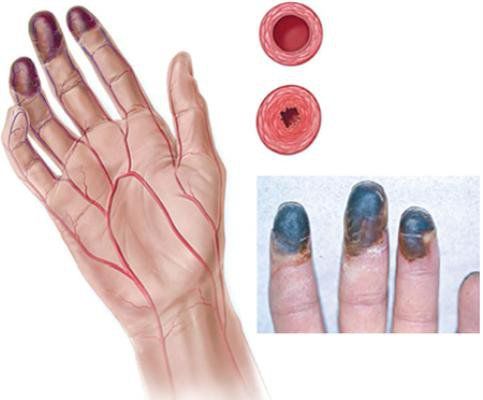
Vinmec International General Hospital is a high-quality medical facility in Vietnam with a team of highly qualified medical professionals, well-trained, domestic and foreign, and experienced.
A system of modern and advanced medical equipment, possessing many of the best machines in the world, helping to detect many difficult and dangerous diseases in a short time, supporting the diagnosis and treatment of doctors the most effective. The hospital space is designed according to 5-star hotel standards, giving patients comfort, friendliness and peace of mind.
Please dial HOTLINE for more information or register for an appointment HERE. Download MyVinmec app to make appointments faster and to manage your bookings easily.





